Google Optimize: One More Tool to Learn About Content Communities
Doug Miller#Digital Marketing, #Inbound Marketing, #Community

Google Optimize. What is it? Learn how to use this new tool to implement the scientific method and determine how to engage with your users.
Google occupies a significant percentage of any marketer's brain at any given moment, for a number of reasons. That’s no accident. The company has intentionally positioned its tools in exactly the right places to be ubiquitous. Add to that list of ubiquity one more tool: Google Optimize. What is it? Where did it come from? How do we spend all day thinking about it? Let’s take a closer look:
Obstacles To Content Engagement
I’ve written about this before, but no matter what your organization does, if you want your digital content to have any kind of impact in this age of overly commodified attention, you’ve got three hard rows to hoe:
- There are so many sources vying for attention that there is no shortage of competition for your content.
- Users can sense very quickly if your content will be useful, so even if you get through the attention gathering gauntlet and get your content in front of a user, it’s imperative that the person it is in front of finds some value in it.
- Even if the person finds value in your content, there are a host of reasons they may not be compelled to take any action at all.
Even though these obstacles may seem insurmountable, once you finally get the attention you were shooting for (say, for example, by optimizing your content to appear in organic search queries, or by establishing yourself as a trusted curator of useful information over social media platforms, or by targeting paid content to appear in front of just the right person at just the right time), there are ways to accomplish what your organization wants to accomplish using your digital content.
Overcoming Obstacles Through Science!
Perhaps the most effective way is to make sure the content you've drawn people's attention to adds value to the community it was designed to serve. How do we do that? Among the futuristic and exciting options available these days is the SCIENTIFIC METHOD!
Seriously, even though the scientific method has been around for several hundred years, it seems there still some value to it (gasp!).
The scientific method consists of these basic steps:
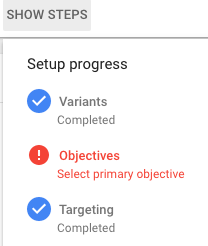
- Ask a question.
- Do some research.
- Propose a hypothesis.
- Conduct experiments.
- Analyze data.
- Draw conclusions.
- Present results (make changes for new experiments).
Whether it is the ability to personalize content via a content management system (CMS) like Ektron or EpiServer, or to create A/B tests for your landing pages using a marketing automation platform like HubSpot, or using historical data to analyze what content has performed in the desired manner in the past, there are many tools that allow marketers to use the scientific method to ensure the content they are delivering is valuable to their communities.
Enter: Google Optimize
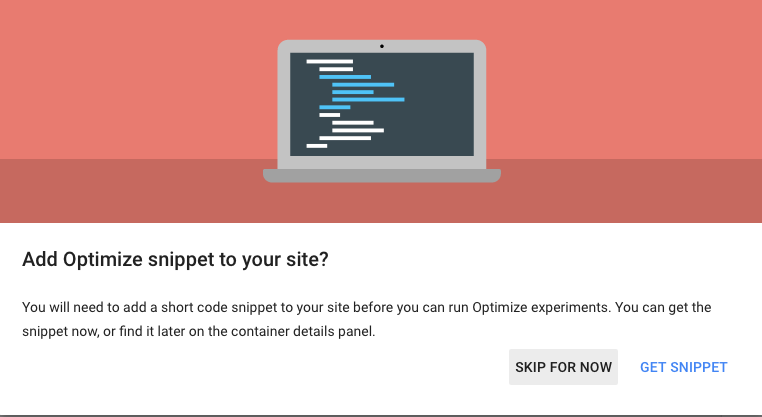
Google's new tool Google Optimize provides website owners with the capability to implement the scientific method and use a variety of types of experiments to learn how well they are engaging their communities. While Google Optimize is similar to some of the options we’ve mentioned before, like EpiServer’s personalization tools or HubSpot’s A/B testing of landing pages, there a few notable exceptions:
- Google Optimize is currently available as a freemium offering.
- Google Optimize makes science WYSIWYG via a Chrome extension.
- Google Optimize integrates with Google Tag Manager, Google Analytics, and Google Data Studio.
Here’s what you’ll experience once you give it a try:
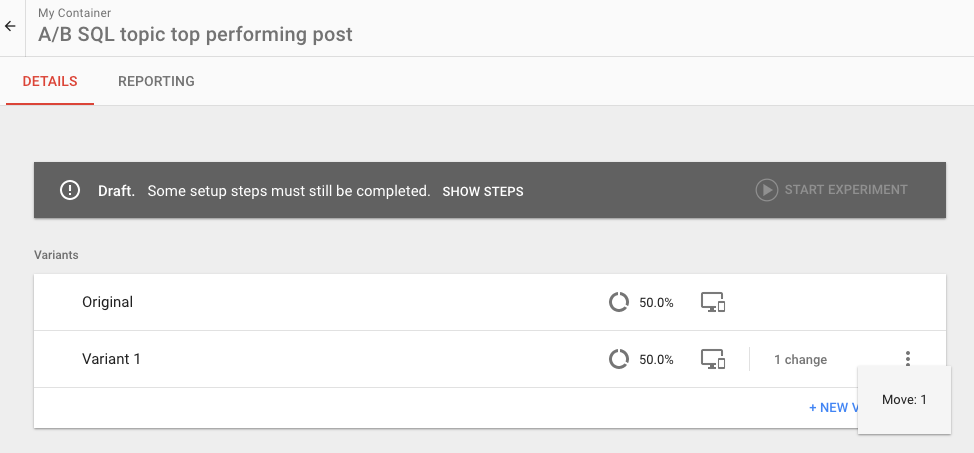
First, you’ll notice that Optimize is a bit like Google Tag Manager (GTM), in that accounts have “containers” and those containers have “experiments”. Starting to sound like the scientific method? It is. In fact, proposing a hypothesis is a required step. What Optimize does not require, but implies, are steps one and two (asking a question and doing some research).

For step one in the scientific method, a good question (and one I’ve done for the sample here) might be something like: “What if we moved the call to action from the bottom of a blog post (below the scroll) to the top?”
For step two, you might want to do some research to see how the call to action (CTA) is already performing on the page or how other page elements are performing (above and below the scroll, for example) before conducting any experiments. You might also talk to a designer or UX friend (or consulting agency) to make sure your experiment is in line with best practice design principles.
Then, you are ready to launch Optimize and drop some SCIENCE (almost)!
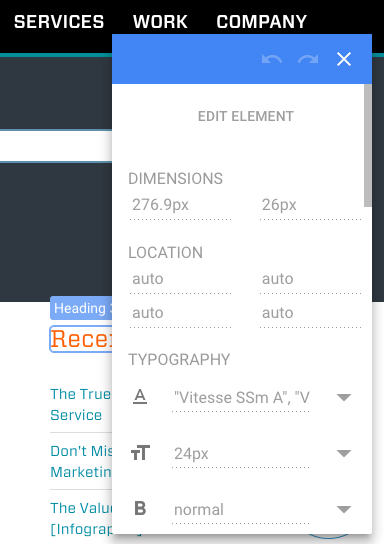
Before you do that, you need to make sure all connections are connected and tracking mechanisms are tracking. You’ll need to associate Optimize with the right Google Analytics (GA) account for the page you want to drop some SCIENCE on (remember, one of the benefits of Optimize is its integration with other Google tools).

You’ll probably also want to take advantage of the GTM integration; otherwise, you’ll need to embed another tracking snippet on the page(s) you are testing.

Once you have ensured those connections, you are ready for step three: creating your experiment. Like I said, in our test version here, I’m assuming I want to move a certain portion (the CTA) of the page from one spot to another to see if there is a difference in performance (my hypothesis is there will be a difference; whether that difference will be positive or negative remains to be seen).
There’s no need to call in a developer; just create a new “variation” of the “control” page.
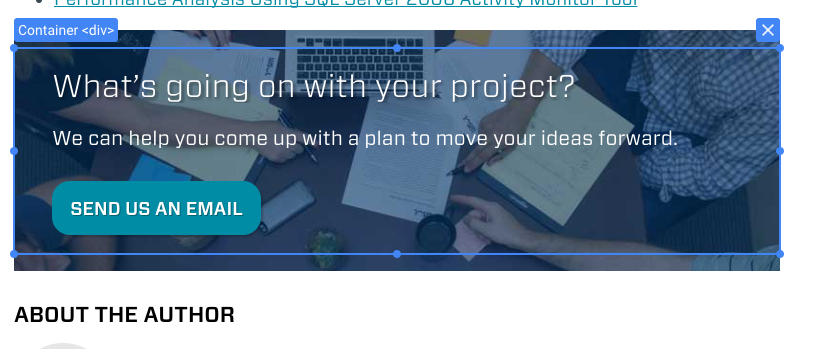
With the WYSIWYG Chrome extension, it’s super easy to literally drag and drop the CTA from one place to another, or change its color, font, or a host of other options.
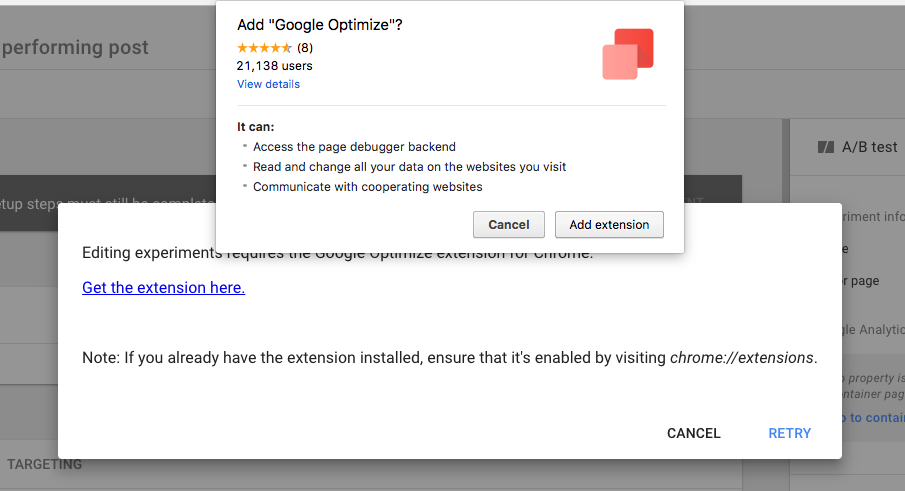
From there, Google takes control to run the experiment based on the rest of the parameters you set, such as date range and percentage of viewers per variation.
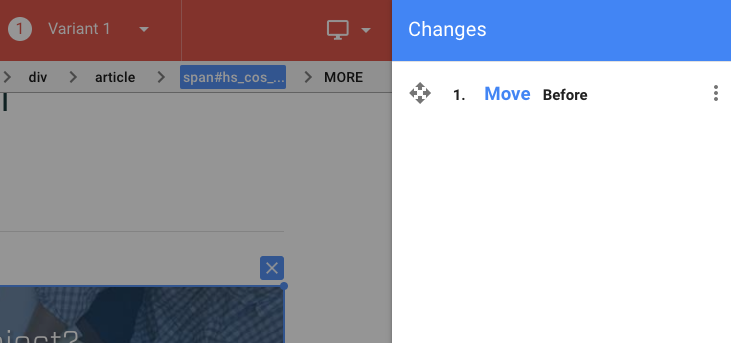
All the reporting integrates with GA and can be surfaced to Google Data Studio for live dashboard tracking, but your results will also be apparent in the Optimize interface itself.
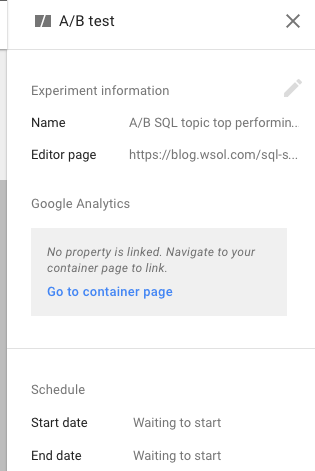
From that point forward, it’s all downhill from a scientific method POV. Analyze the data, draw some conclusions, present your results, and BANG! Science!
Did the CTA perform better above the scroll as your hypothesis predicted or not?
What did you learn about your communities and the content the value in the process?
Are there multiple CTAs that might help you segment the communities you serve and give you greater insight into what they might value?
Remember, getting your communities to your content is only part of the battle. Keeping them there and/or getting them to take action based on what is there just might require some old fashioned SCIENCE! Do you have any questions about how to implement Google Optimize and get started performing experiments? Please contact us, and we'll work with you to determine how to provide the best value for your communities!
Related Posts

User Onboarding Process: Guiding Visitors Through Your Website
We offer some tips on how to design a website in a way that helps users intuitively understand how to use it to accomplish their goals.
Effective AI Use Cases for Web Content Management Teams
AI use cases: Learn how to effectively integrate AI into your workflow for maximum impact.
Results Matter.
We design creative digital solutions that grow your business, strengthen your brand and engage your audience. Our team blends creativity with insights, analytics and technology to deliver beauty, function, accessibility and most of all, ROI. Do you have a project you want to discuss?
Like what you read?
Subscribe to our blog "Diagram Views" for the latest trends in web design, inbound marketing and mobile strategy.
